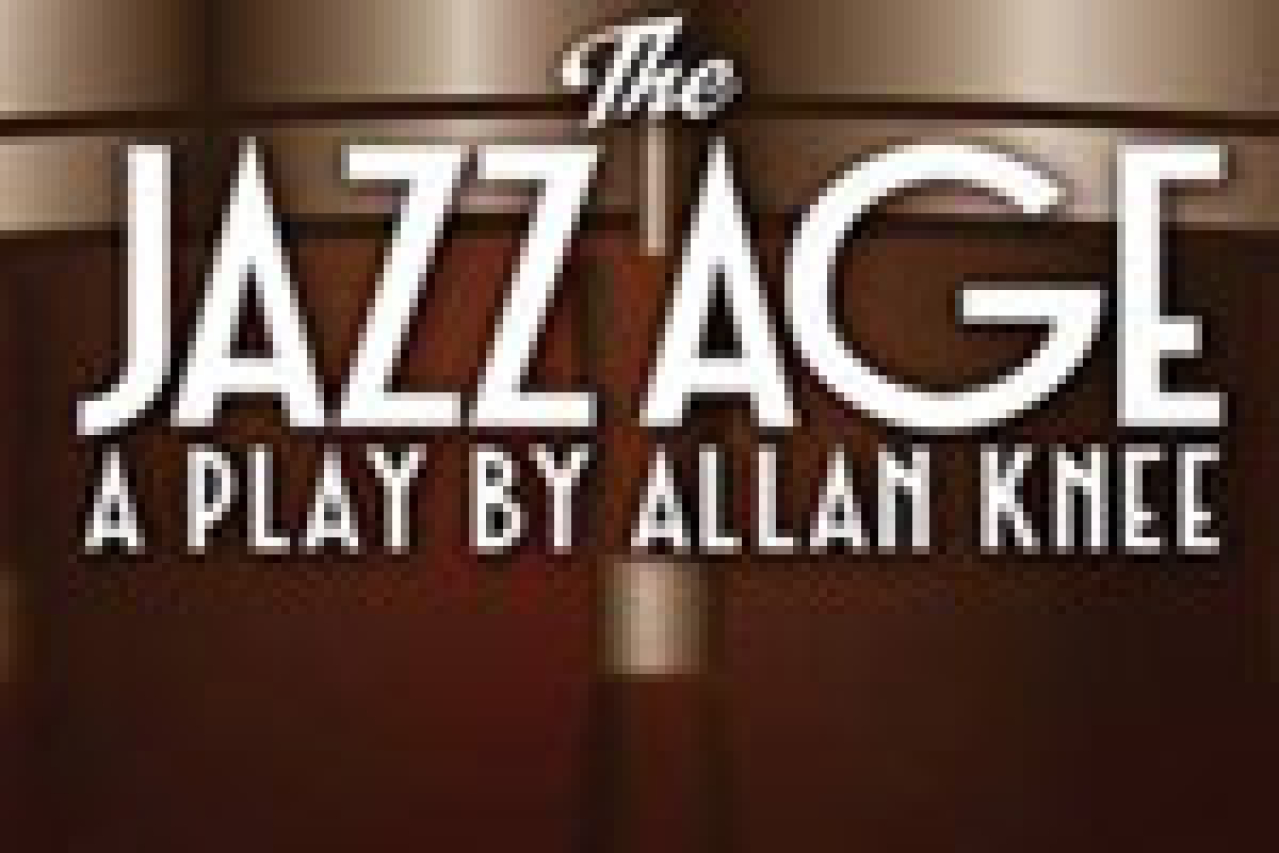The Jazz Age

in The Jazz Age
(© Ryan Jensen)
An aura of 1920s elegance pervades Theater B at 59E59 Theaters as audiences wait for Allan Knee’s
The Jazz Age to begin. Nested above Troy Hourie’s Art Deco unit set, a three-piece combo plays tunes of the era. It’s a perfect way to be taken back to the first portion of the 20th century for this highly erudite and generally compelling look at Ernest Hemingway (PJ Sosko), F. Scott Fitzgerald (Dana Watkins) and his wife, Zelda (Amy Rutberg).
The play begins in 1917 just as Fitzgerald meets his future wife, the Alabama born-and-bred wildcat Zelda Sayre. (Rutberg looks particularly seductive in a form-fitting period gown from costume designer Kimberly Glennon.) Fitzgerald’s novel The Romantic Egoists is about to be published and though she’s initially resistant to his insistent charming ways, Zelda eventually succumbs to this man, who shares her low opinion of “happily ever after” as “a dumb idea.”
From this moment on, Knee’s play depicts — in roughly chronological order — the Fitzgeralds’ ascendancy and fall in the social and literary circles of Europe and the U.S, while simultaneously charting F. Scott’s early mentorship of Hemingway, and that author’s own upward trajectory, an arc that achieves its apex just as Fitzgerald’s is hitting its nadir.
Knee has used Hemingway’s A Moveable Feast and biographies about these three free spirits as his source material, but the play never seems really strictly biographical. For example, a scene in which Fitzgerald, emasculated by Zelda’s comments about his penis, asks to compare his own with Hemingway’s underscores the homoeroticism of their relationship, but it feels as if it’s probably a theatrical contrivance. What does come across during the play are the essences of Fitzgerald, Hemingway, and Zelda, primarily their irrepressible lust for life and their idiosyncratic self-destructiveness. Simultaneously, Knee captures each of the writers’ literary styles in monologues, which are delivered in between the scenes depicting key moments in their lives.
Director Christopher McElroen has elicited strongly committed performances from the cast. As Fitzgerald, Watkins morphs with almost frightening ease from being an energetically eager young man to a subdued late stage alcoholic. Although Rutberg’s turn as Zelda seems almost to be infused with too much honeysuckle Southern charm initially, her work late in the play — as the woman’s grip on reality becomes increasingly tenuous — is bravura. Sosko, sounding a bit like John Wayne from time to time, turns in a full-bodied performance as Hemingway, imbuing the character with a commonsensical goodwill and a high level of testosterone.
Yet, while this balancing of biography and literary homage is impressive, one question consistently nags: What was it about the era in which these characters lived that fueled such behavior? The play also fails to give us a sense of what makes the “Lost Generation” any different from those that have followed. In the end, one simply wishes that one understood more about the period and how it impacted the sad lives of these admitted geniuses.











